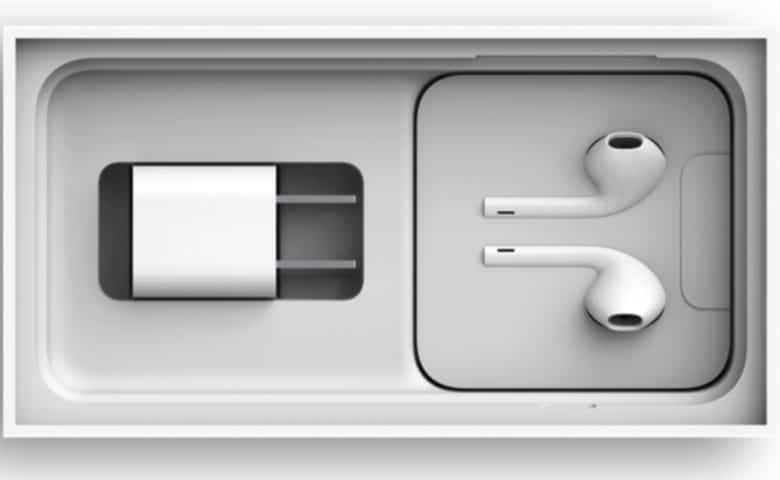Packaging For Mac
As Mac OS X admins, it is important to know why and how to package up software. Packaging is a generally simple process that will make software deployment easier. Because we share your commitment to the environment, MAC accepts returns of its primary packaging through the Back-to-MAC Program. By returning six [6] MAC primary packaging containers to a MAC counter or MAC Cosmetics online, you’ll receive a free MAC lipstick of your choice as our thanks to you.
Built in strategies for most popular, random, recently added, from current list of posts • Short code and API for developers The development of this plugin has stopped. I will make sure that the basic features still work with upcoming WordPress versions, but no new features or changes will be made. Free wordpress download for mac. Description This is the highly configurable tag cloud widget, the main features for this plugin is: • All, single author or multiple authors per cloud • Select which taxonomies or post types to show tags for • Rules for which posts to include when fetching tags • Inclusion/exclusion functions • A bunch of ordering, coloring and styling options • Multiple strategies for selecting terms with the option to.
Assuming you don't want to or can't go the App Store route, both PKG and DMG are common ways to distribute a program. Use a PKG if you need to install files aside from your application bundle (which should not be a common use case). In all other cases use a DMG that prompts the user to copy the application into the Applications folder.
Click to expand.Totally speculating here, but the fact that they are now separating the band and watch could start to lead to something like what you are suggesting. There was another thread mentioning the same desire.

Files can easily be reviewed to see what will be in the package without any extra work. The big benefit to using The Luggage is that because the packages are created with make files, these make files can easily be diff’d to see changes as well as talking other users through the creation process. No GUI panes to navigate.
Tools There are many tools out there used to create Packages, Apple offer their own built in command line tools like pkgbuild. This guide will not go into detail about how to use any of these tools, it is up to the system admin’s own personal preference on which tools they wish to use in order to create their packages. However version control is very important, as is the ability to quickly and accurately create and recreate packages. The ability for packages to be peer reviewed and package versions to easily be diff’d is also important and the admin’s choice of tools should take this into account. It is also highly recommend that a version control system such as git is used in combination with package creation.
It would be a nightmare for 3rd party vendors, but Apple could exclusively do it. But even they could have inventory problems - what if you want a band that they do not have in stock? You then have to buy another band you do not want? Return it later, once used? I see some issues with your suggestion as well.
This makes troubleshooting errors much easier, since the problem areas will be highlighted and easier to identify ( Figure G). Figure G • With a successful build indicating no errors, the newly created package will be ready to deploy throughout the organization. Though, as a precaution, don't forget to test it out first. Smart infocomm sc08 drivers for mac.
IT life is never dull. There's always a crisis or rampant issue that's affecting the site, staff, or all of the above. One common link between help desk and sysadmins is the ever increasing need to stay on top of application updates.
Smaller developers usually tried to make their app installable via drag-drop, distributed in zip archives or disk images(for simplicity's sake). The MAS is different: as of 10.7 it uses a package format (which debuted in 10.5) referred to as a flat package (really a xar archive, explanation ) which is transferred over http to a hidden folder, installs directly to Applications(after which the temporary folder it is downloaded to is deleted). It drops its receipt and a bill or materials file into /private/var/db, and is therefore audit-able by the built-in command line pkgutil tool, described here: mactech.com/articles/mactech/Vol.25/MacEnterprise-PackagesReceiptsandSnow/index.html A benefit of using the flat package format is you can pull things over the network more safely and efficiently, but it isn't as easy to work with as bundle packages if you are testing and modifying the package regularly, or iterating to ensure scripts that perform actions or checks work well. Even when flat, putting the pkg in a archive or disk image is recommended for flexibility. More distribution tools expect DMG's than zip's, so there's that as well. Besides what Apple recommends and what is standard, common practice, there's this article: which discusses the why's and hows (although mainly for system administrators) of packaging for wider distribution. It is greatly recommended to get more of a feel of how and why things go wrong, and what to avoid.
Note: This post may be a little out of date as it was originally written in 2015. But I’m posting it here as the fundamentals have not really changed much. Credits: Thanks to Gary Larizza for his post on AFP548.com where most of this documents content was sourced ( ) Overview When managing Mac OS X devices, you will enviably have to deploy files or applications to many devices. There are many ways to achieve this, however the most effective and best practice method is to use Packages. While packaging is quite simple, it can very quickly become quite complex. This document serves to provide some guidelines to help you avoid some simple mistakes and prevent confusion when creating packages.